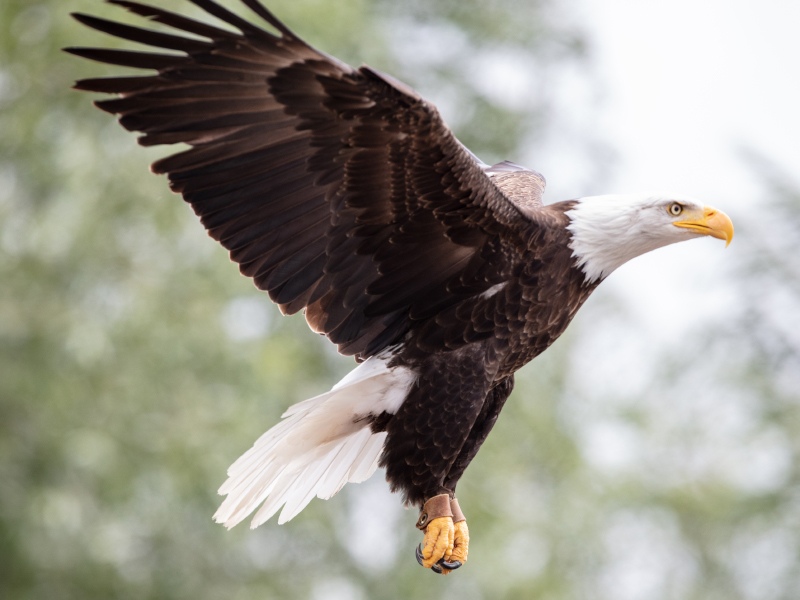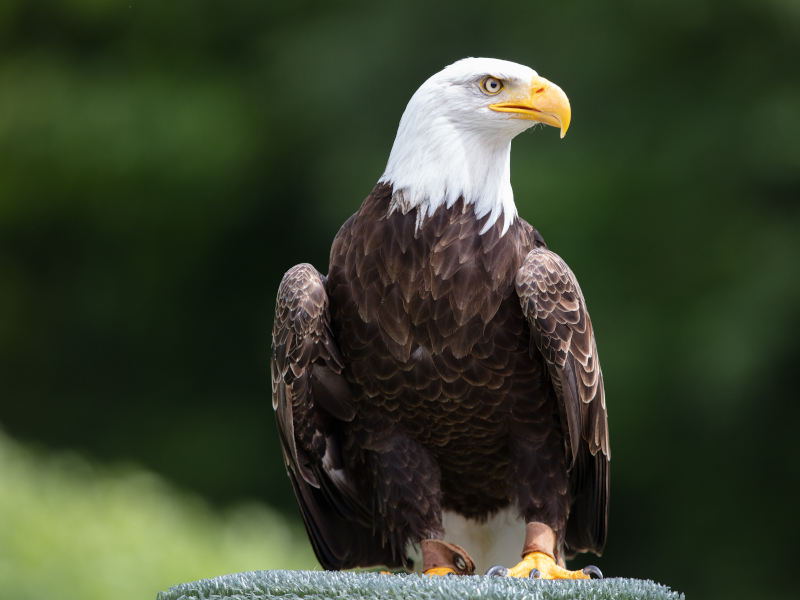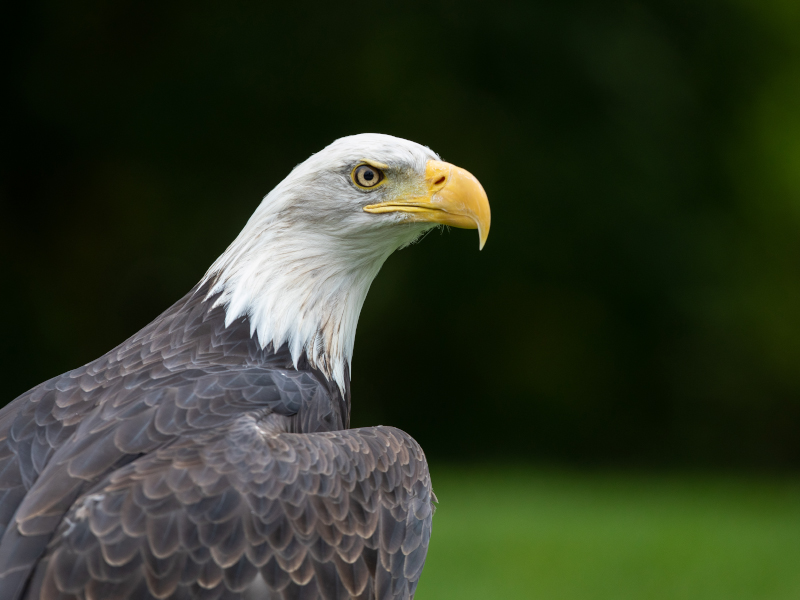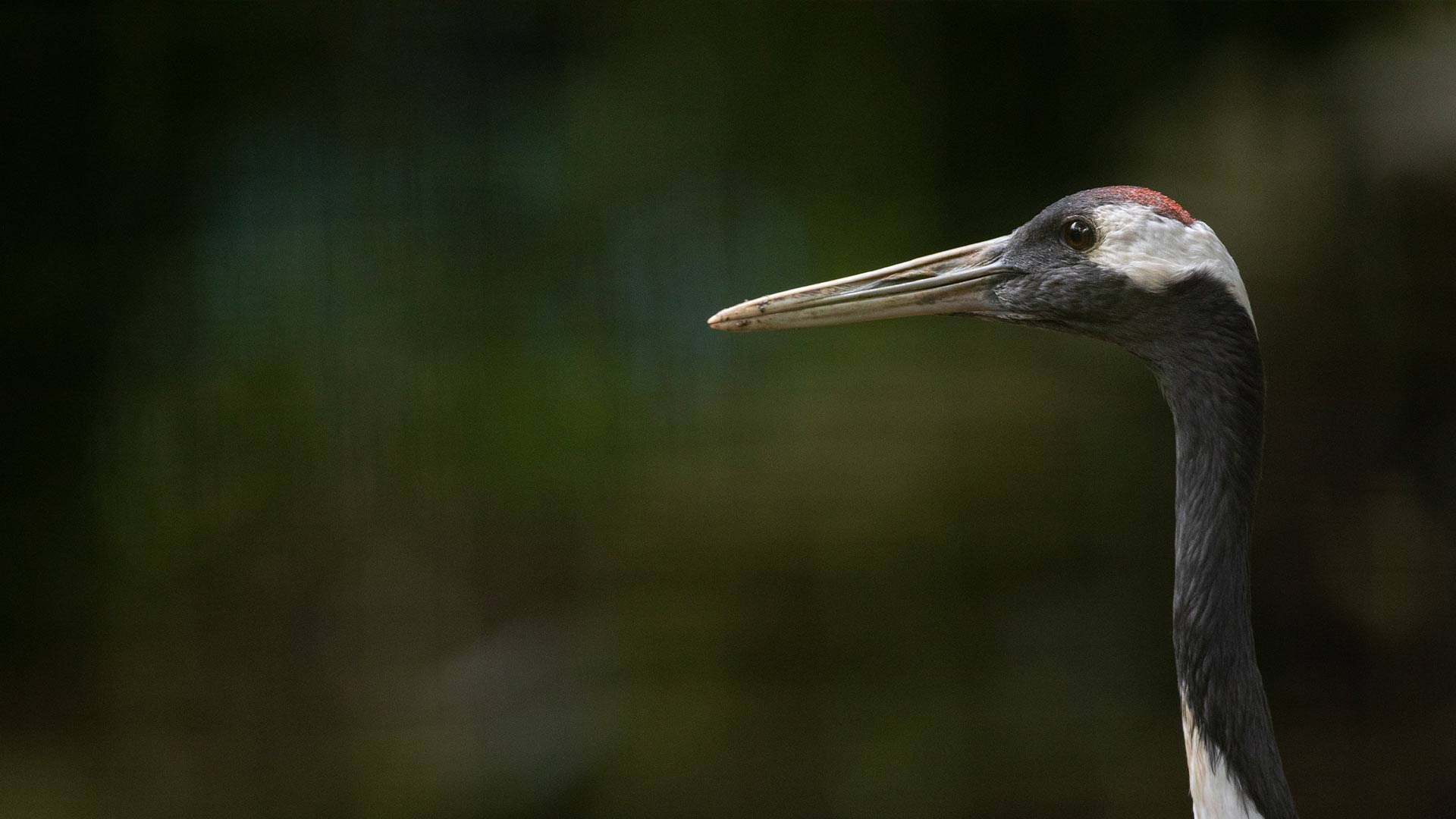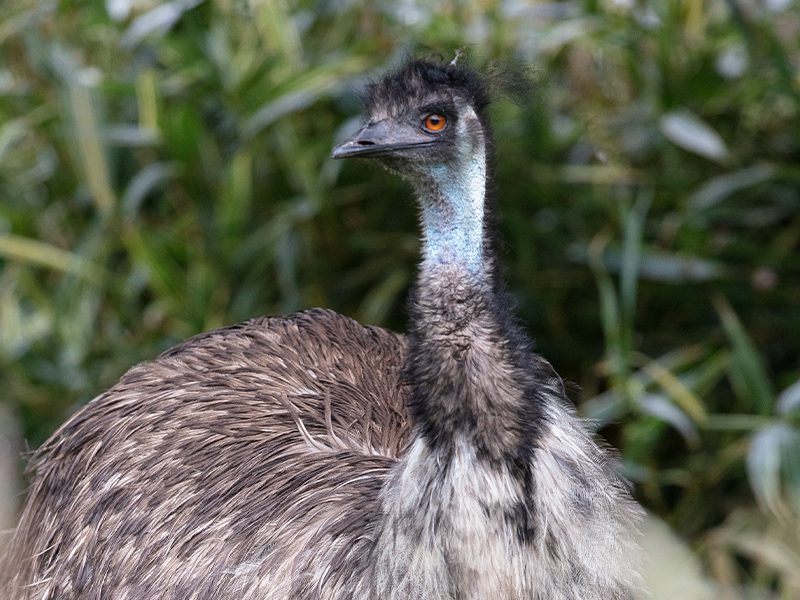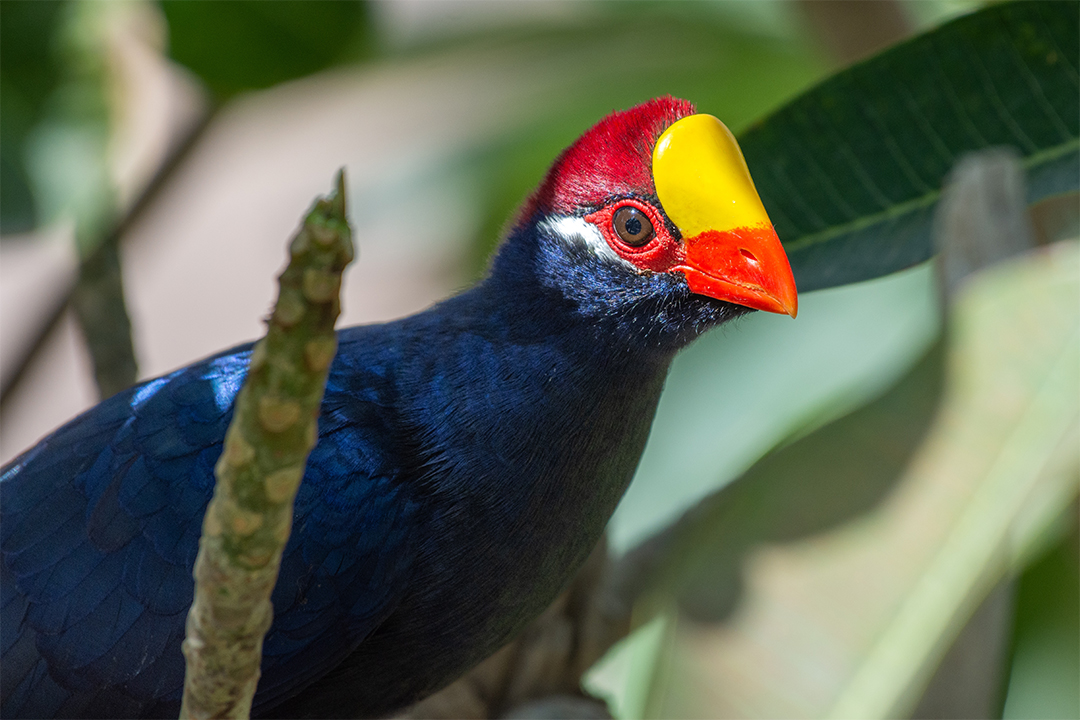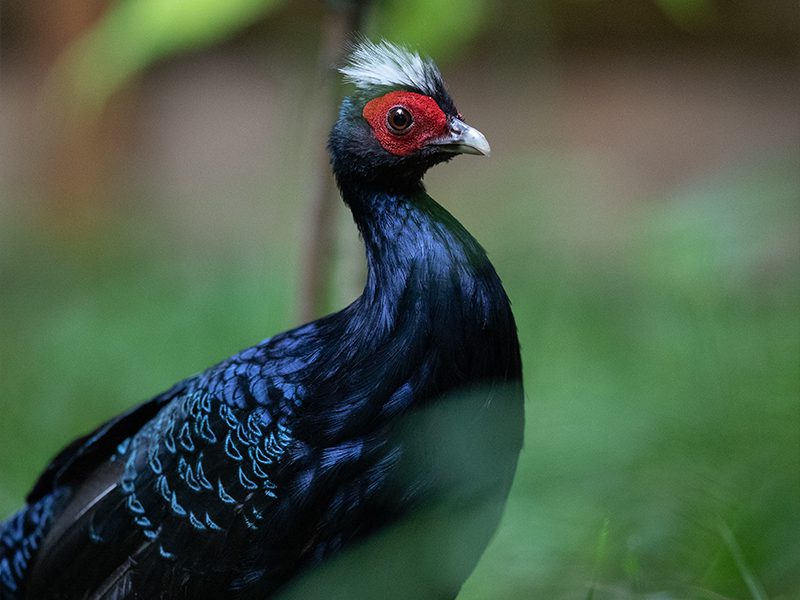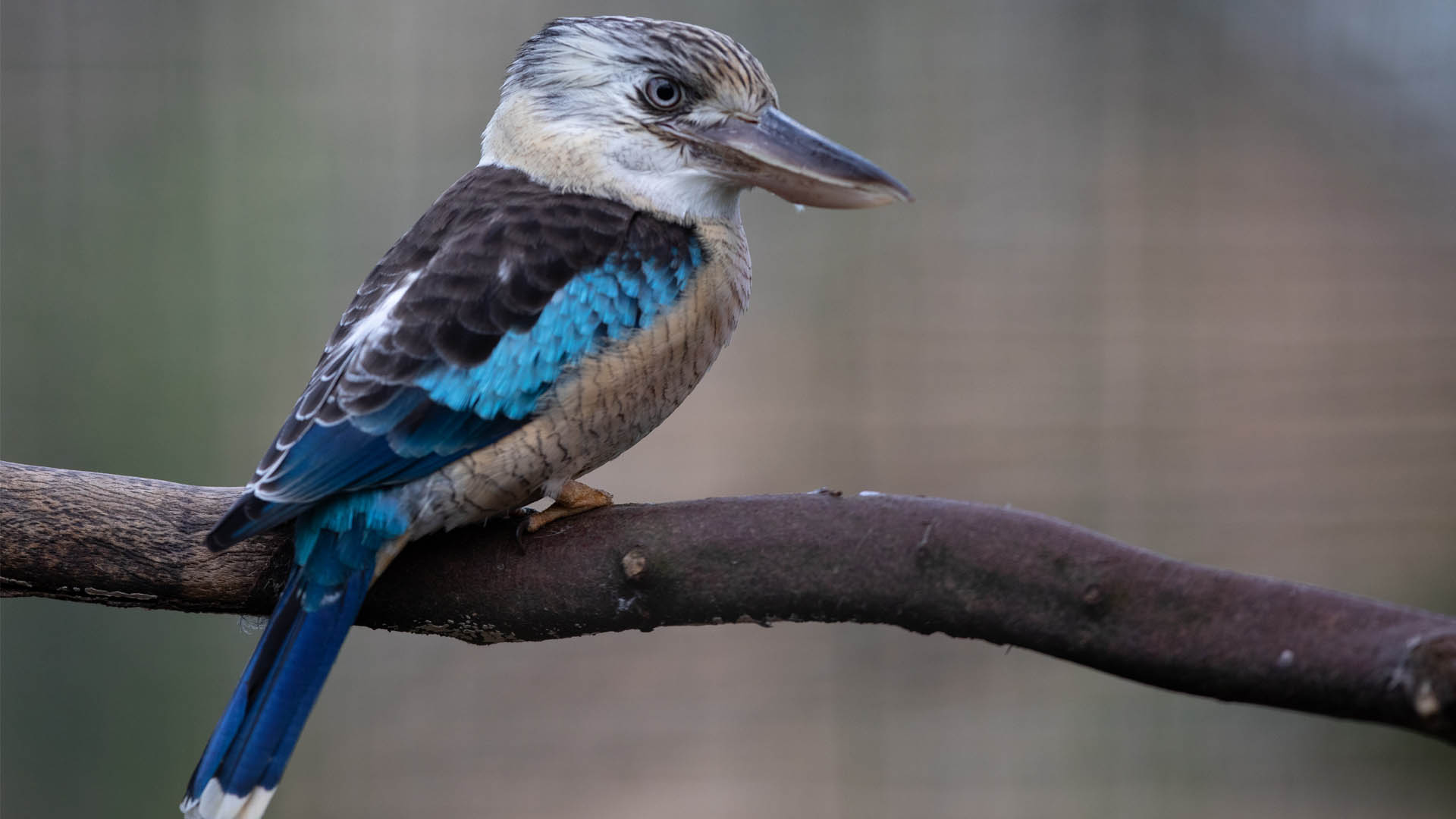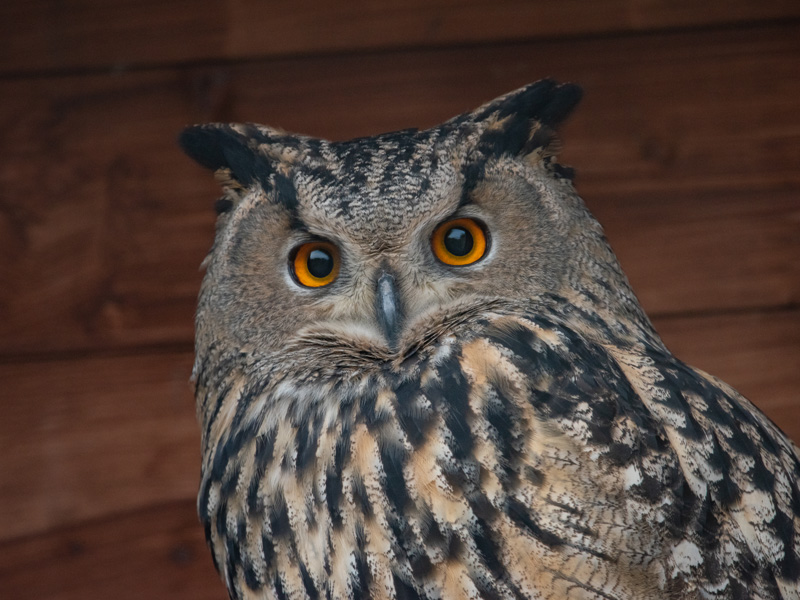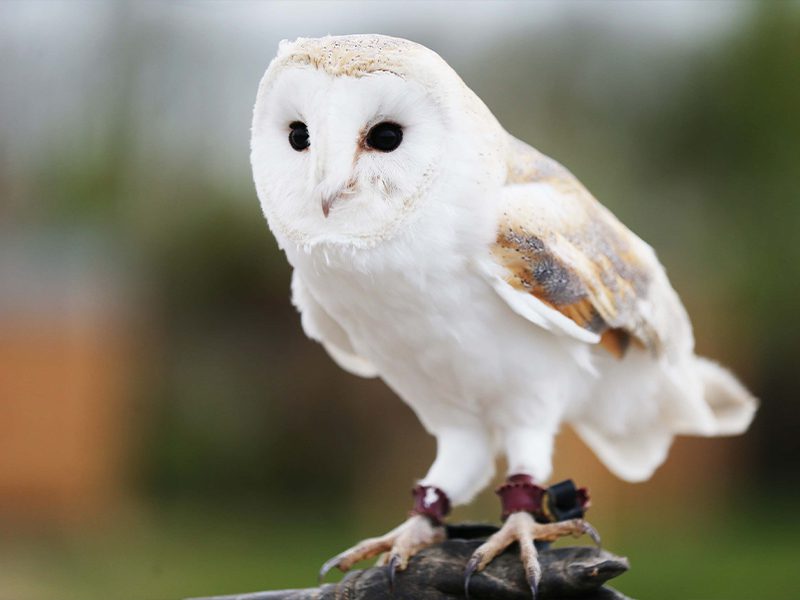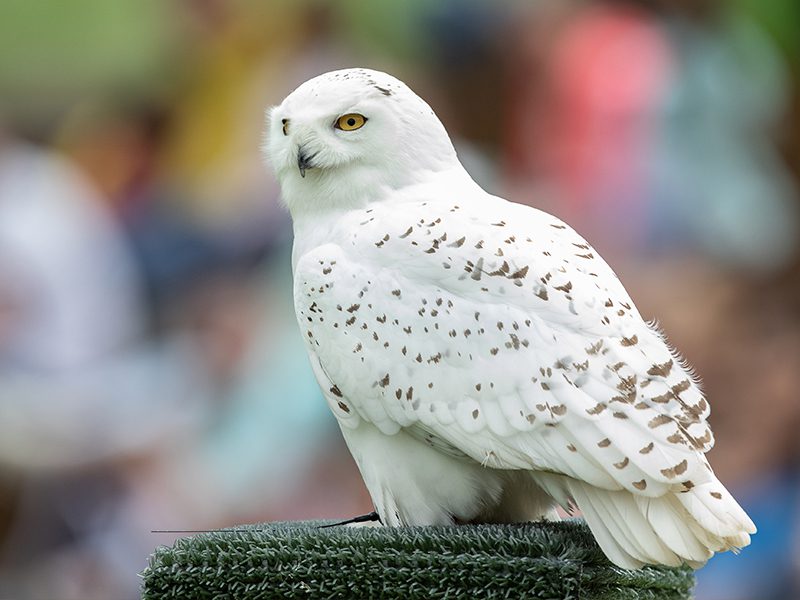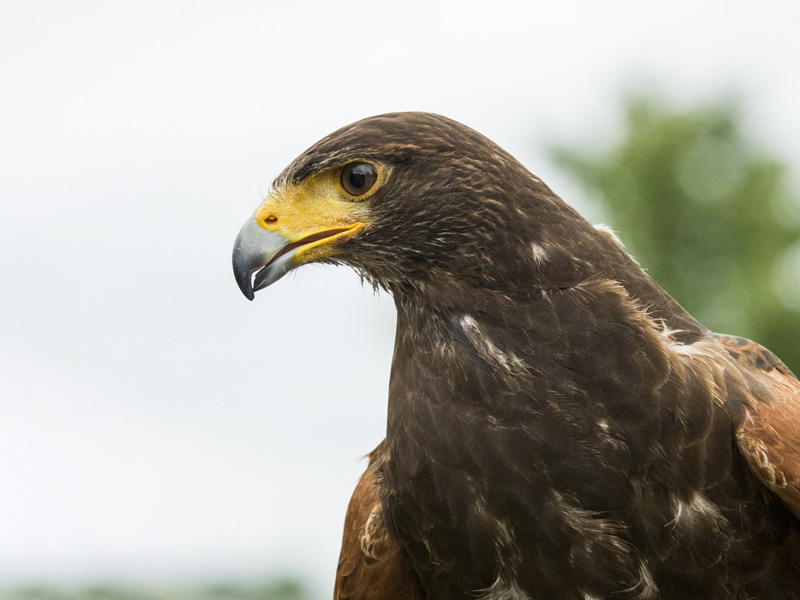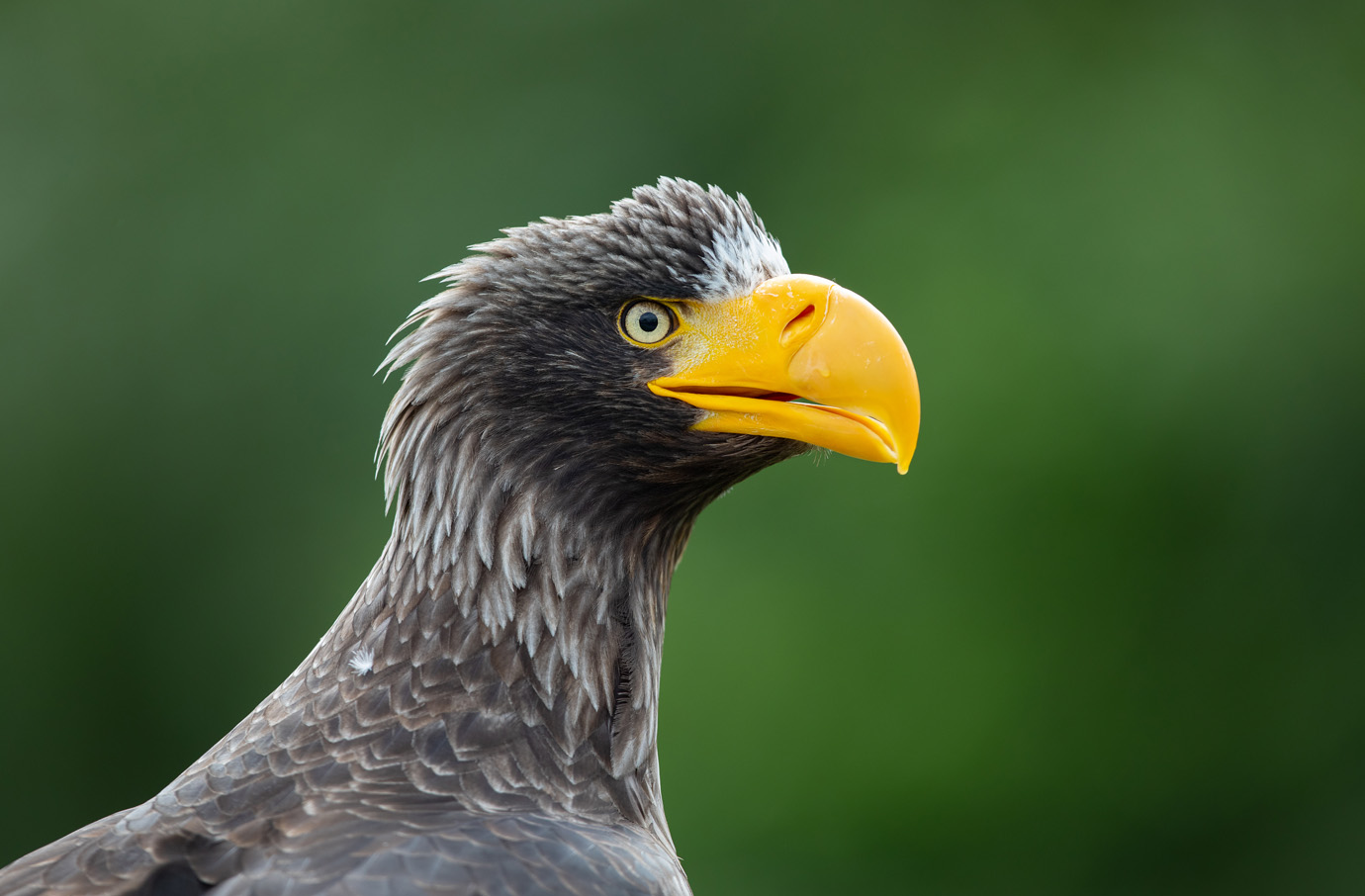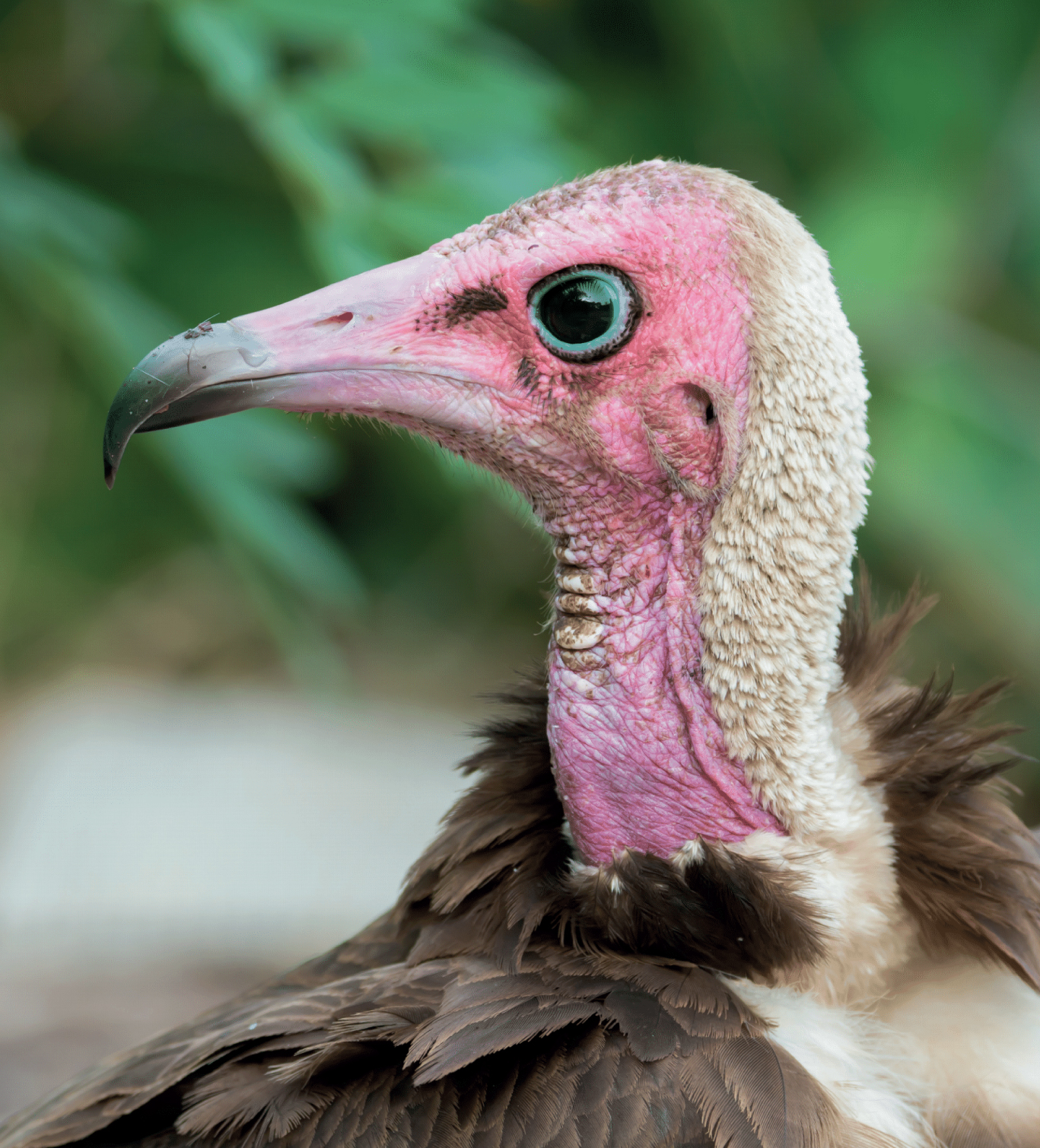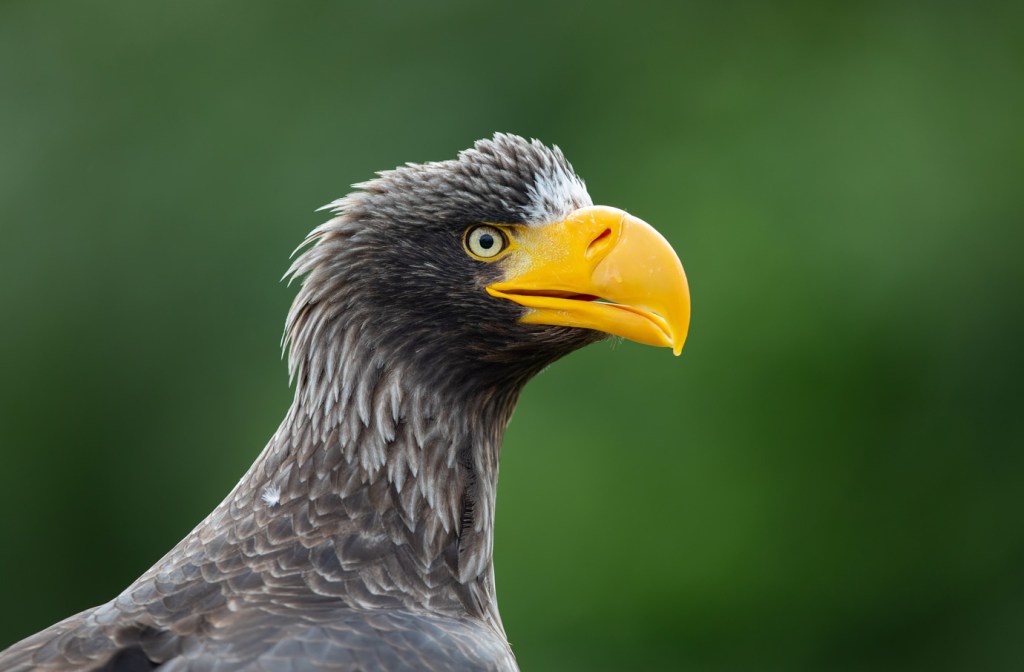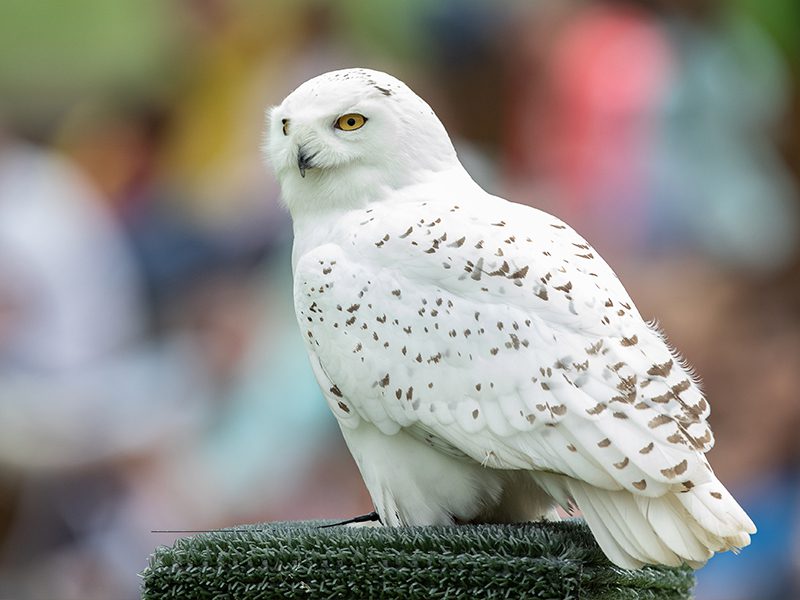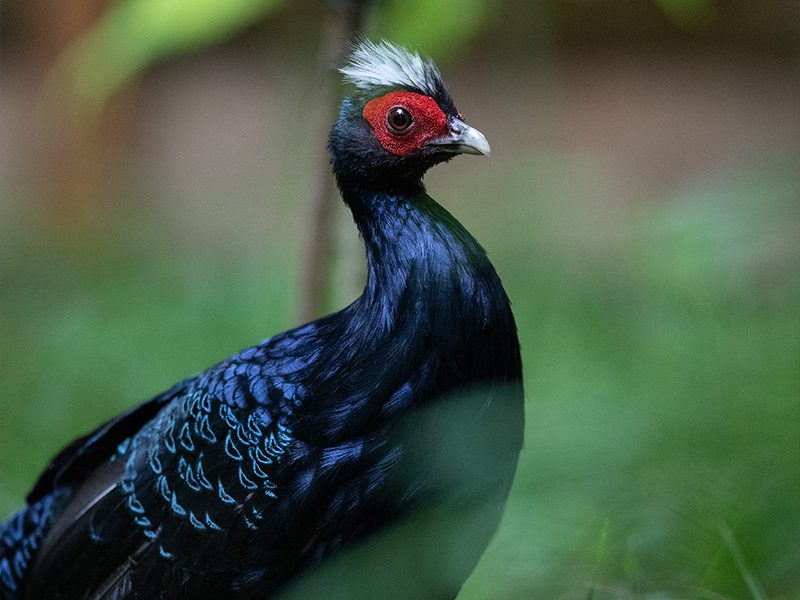Bald eagles are large birds of prey with a contrasting white head, compared to the dark plumage of their body. They are not bald but get their name as they were once known as the ‘Piebald Eagle’ and over time this was shortened to bald eagle.
Bald eagles are mainly solitary but will join with their partner during the breeding season. Where lots of food is available, they can gather in large numbers and can sometimes roost in large numbers. Some individuals will migrate to areas where food is plentiful.
They have especially adapted eyesight that allows them to see fish clearly under the water surface, which makes it easier for them to swoop down and grab the slippery fish with their strong talons.

Popular Searches
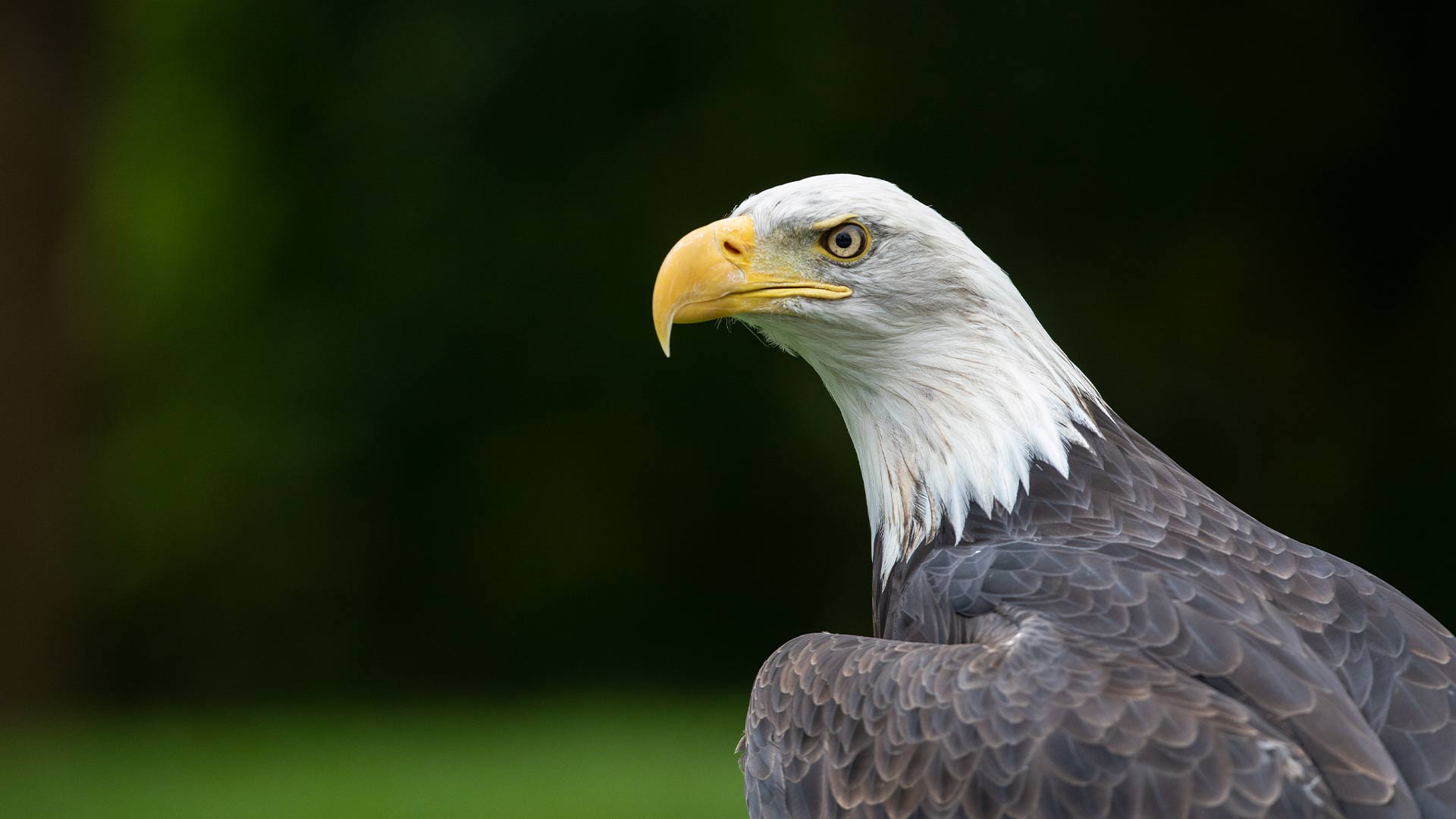
Bald eagle
-
Introduction
-
Conservation
Bald eagles are of the least concern.
Bald eagles were on the brink of extinction, with numbers as low as approximately 500 nesting pairs, during the mid-1900’s. This was mainly due to hunting, habitat destruction and indirect poisoning, notably from the insecticide DDT. DDT impacted severely on this species, causing deformities, neurological damage, and most significantly brittle eggshells. Since DDT was banned in 1972, the population has rebounded, with 70,000 pairs in North America presently. The bald eagle recovery is recognized as a conservation success story and illustrates what the cooperation of governmental and non-governmental agencies can achieve, when working together to save a species.
The population has increased significantly over the past 40 years with an estimated 779% increase in the population.*
There are still some threats that the bald eagle faces today, such as global climate change and habitat destruction. This national symbol of the United States is projected to have only 25% of their original summer range remaining, by 2080.
*IUCN, 2016 -
Habitat
Bald eagles have an extremely large range covering North America, Alaska, Canada, the United States, and North Mexico.
Generally, they can be found near a body of water, such as seacoasts, estuaries, lakes, and rivers. Their habitat selection depends on the availability of prey and the presence of tall trees where they can build their nests. -
Fun Facts
Bald eagles are predators of a wide range of ground dwelling animals, as well as fish and birds.
As a predator, they play a role in maintaining populations within the ecosystem and therefore ensuring a healthy balance in the environment.
Bald eagles are monogamous. When they meet in the breeding season, they will reinstate their bond by performing incredible flying displays. Locking their feet and cartwheeling through the air letting go just before they reach the ground.
They will return to use the same nest each year. Both parents will repair and add to the nest, making it larger and heavier over time.



